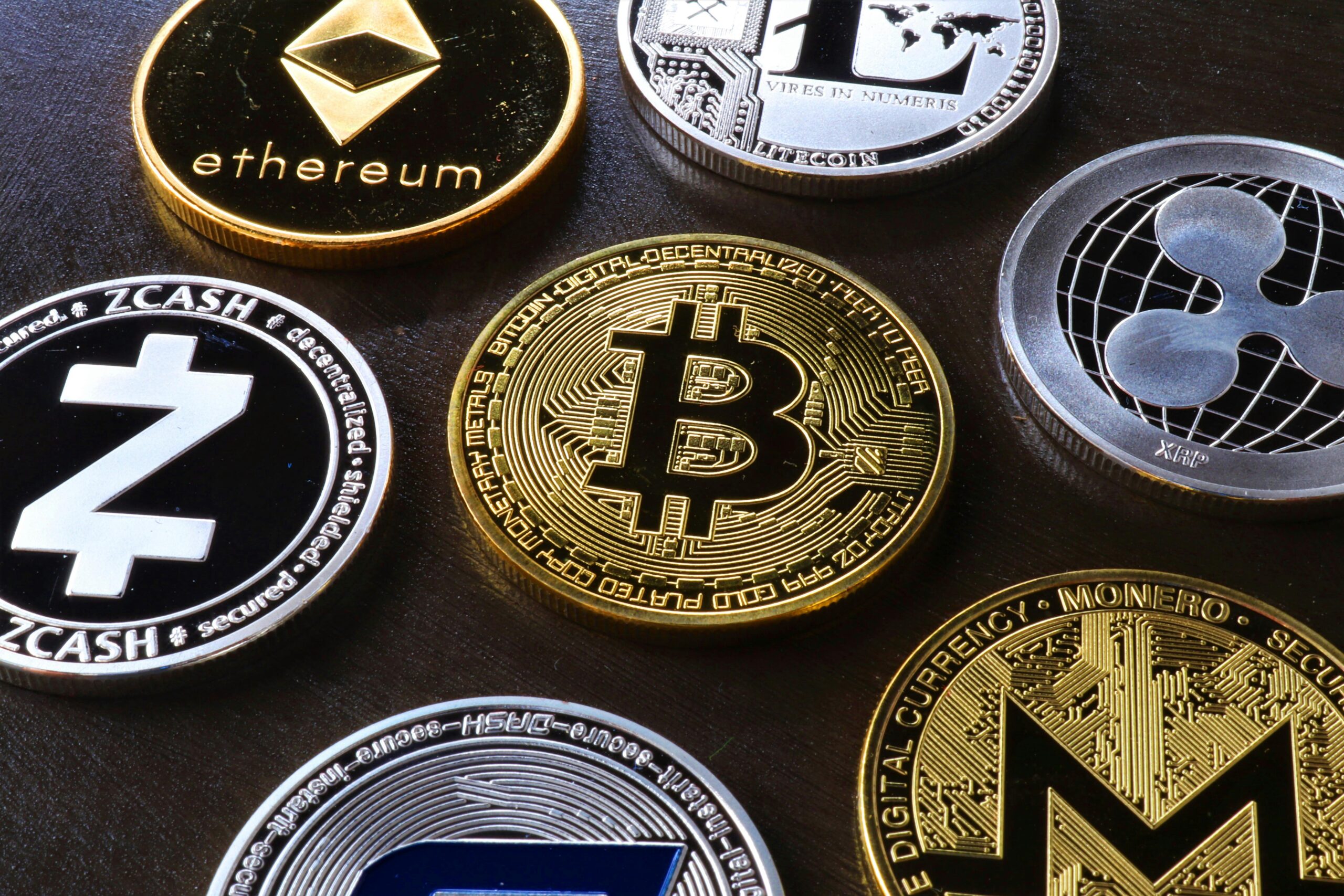Title: The Ultimate Guide to Investing in Physical Gold: Why It’s a Timeless Investment Choice?
In today’s volatile economic climate, savvy investors are increasingly turning to tried-and-true assets to protect and grow their wealth. Among these assets, physical gold investment shines brightly as a beacon of stability and security. With its enduring allure and tangible value, physical gold has stood the test of time, offering a reliable hedge against inflation and financial uncertainty.

5 Importance of Physical Gold Investment
Chapter 1: Understanding the Appeal of Physical Gold Investment
1.1 The Historical Significance: Gold has been revered by civilizations throughout history for its beauty, rarity, and durability. From ancient Egypt to modern times, gold has symbolized wealth, power, and prestige.
1.2 Tangible Asset: Unlike stocks, bonds, or digital currencies, physical gold investment provides investors with a tangible asset they can hold in their hands. This inherent physicality offers a sense of security and stability in times of financial turmoil.
1.3 Safe Haven Investment: During periods of economic uncertainty or market volatility, gold often serves as a safe haven asset, preserving wealth and purchasing power when other investments falter.
1.4 Inflation Hedge: Gold has historically maintained its value over time, serving as an effective hedge against inflation. As fiat currencies lose purchasing power, gold retains its intrinsic worth, making it an attractive option for preserving wealth.
Chapter 2: Types of Physical Gold Investments
2.1 Bullion Coins: Sovereign minted coins such as the American Gold Eagle, Canadian Maple Leaf, and South African Krugerrand are popular choices for investors seeking physical gold investment. These coins are typically made of .9999 fine gold and carry a face value backed by the issuing government.
2.2 Bars: Gold bars, also known as gold ingots or bullion bars, are available in various sizes ranging from small gram bars to larger kilogram bars. These bars are produced by accredited refiners and are stamped with their weight, purity, and serial number.
2.3 Numismatic Coins: Unlike bullion coins, numismatic coins derive their value from factors such as rarity, historical significance, and condition rather than just their gold content. While these coins can potentially offer higher returns, they also carry greater risks and are often sought after by collectors rather than pure investors.
Chapter 3: Benefits of Investing in Physical Gold Investment
3.1 Portfolio Diversification: Physical gold investment offers diversification benefits, helping investors spread risk across different asset classes. Its low correlation with traditional financial assets such as stocks and bonds can help mitigate portfolio volatility.
3.2 Wealth Preservation: Gold has a long-standing reputation for preserving wealth over the long term. Its ability to retain value, even in times of economic turmoil, makes it an essential component of any well-balanced investment portfolio.
3.3 Liquidity: Physical gold investment is highly liquid, meaning it can be easily bought, sold, and traded in global markets. This liquidity ensures that investors can convert their gold holdings into cash quickly when needed, providing financial flexibility and security.
3.4 Hedge Against Geopolitical Risks: In an increasingly interconnected world fraught with geopolitical tensions, gold serves as a hedge against geopolitical risks and uncertainties. Its universal acceptance and intrinsic value make it a reliable store of wealth in times of geopolitical instability.
Chapter 4: Challenges of Investing in Physical Gold Investment
4.1 Storage and Security: Unlike digital assets or securities held in brokerage accounts, physical gold investment requires secure storage arrangements to protect against theft, damage, or loss. Investors must consider the costs and logistics associated with storing their gold holdings, whether at home or in a secure facility. 4.2 Counterfeit Risks: With the rising demand for physical gold investment, the risk of encountering counterfeit coins or bars has increased. Investors should purchase gold from reputable dealers and verify the authenticity of their purchases through independent testing and certification.
4.3 Transaction Costs: Buying and selling physical gold may entail transaction costs such as premiums, commissions, and shipping fees. These costs can erode investment returns, particularly for smaller investors or those engaging in frequent trading.
4.4 Market Volatility: While gold is often perceived as a safe haven asset, it is not immune to market volatility. Like any commodity, gold prices can fluctuate in response to factors such as economic data, geopolitical events, and investor sentiment.
Chapter 5: Strategies for Successful Physical Gold Investment
5.1 Dollar-Cost Averaging: By investing a fixed amount in gold at regular intervals, investors can mitigate the impact of short-term price fluctuations and build a diversified gold portfolio over time.
5.2 Asset Allocation: Gold should be viewed as a complementary asset within a well-diversified investment portfolio. Investors should determine their risk tolerance, investment objectives, and time horizon to determine the appropriate allocation to gold.
5.3 Long-Term Perspective: Investing in physical gold requires a long-term perspective and patience. While short-term price movements may be unpredictable, gold has historically delivered attractive returns over extended periods.
5.4 Due Diligence: Before investing in physical gold investment, investors should conduct thorough research, educate themselves about the market, and seek advice from reputable financial advisors or gold specialists. By staying informed and vigilant, investors can make informed decisions and avoid potential pitfalls.
Investing in physical gold can be a prudent strategy for diversifying your portfolio and safeguarding your wealth against economic uncertainty. However, navigating the process of purchasing physical gold requires careful consideration and awareness of various options available in the market. In this guide, we explore the ins and outs of buying physical gold, from understanding the different forms it takes to identifying reputable sources for acquisition.
“Discover the ins and outs of investing in physical gold with our comprehensive guide. Learn how and where to buy physical gold, ensuring a secure and rewarding investment journey. Dive into the world of physical gold investment today!”
Where to Buy Physical Gold:
- Authorized Dealers: One of the most reliable ways to purchase physical gold is through authorized dealers. These dealers, often accredited by governmental or regulatory bodies, offer a wide range of gold products, including bars, coins, and bullion. They adhere to strict quality standards and provide assurances regarding the authenticity and purity of the gold they sell.
- Online Bullion Retailers: With the advent of e-commerce, buying physical gold online has become increasingly popular. Numerous reputable bullion retailers operate online platforms where investors can browse and purchase gold products conveniently from the comfort of their homes. When buying from online retailers, it’s essential to research the company’s reputation, customer reviews, and return policies to ensure a satisfactory purchasing experience.
- Auctions and Marketplaces: Auction houses and online marketplaces also serve as avenues for buying physical gold. These platforms offer a diverse selection of gold products, ranging from rare coins to investment-grade bars. While auctions can provide opportunities to acquire unique or collectible pieces, buyers should exercise caution and conduct thorough due diligence to verify the authenticity and value of the gold being auctioned.

How to Buy Physical Gold:
- Determine Your Budget and Goals: Before purchasing physical gold, it’s crucial to establish a clear investment budget and define your objectives. Consider factors such as the amount of capital you’re willing to allocate to gold, your investment timeline, and your risk tolerance. These considerations will help guide your purchasing decisions and ensure alignment with your financial goals.
- Research Gold Products: Familiarize yourself with the various forms of physical gold available for purchase, including gold bars, coins, and bullion. Understand the differences in size, weight, purity, and premium associated with each type of gold product. Conduct thorough research to determine which gold products best suit your investment preferences and objectives.
- Verify Seller Reputation: Whether buying from authorized dealers, online retailers, or auction houses, it’s essential to verify the reputation and credibility of the seller. Look for established dealers with a track record of integrity, transparent pricing, and reliable customer service. Avoid sellers with negative reviews or questionable practices to mitigate the risk of purchasing counterfeit or substandard gold.
- Secure Storage: Once you’ve acquired physical gold, it’s essential to establish secure storage arrangements to protect your investment. Options for storage include home safes, bank safe deposit boxes, or third-party vaulting services. Evaluate the pros and cons of each storage method based on factors such as security, accessibility, and cost.
Investing in physical gold can be a rewarding endeavor, providing diversification, stability, and preservation of wealth over the long term. By understanding where and how to buy physical gold, investors can navigate the process with confidence and make informed decisions that align with their financial objectives. Whether purchasing from authorized dealers, online retailers, or auctions, diligence and research are key to ensuring a successful gold investment experience.
In an uncertain world fraught with economic challenges and geopolitical risks, physical gold remains a timeless investment choice for savvy investors seeking wealth preservation, portfolio diversification, and financial security. By understanding the appeal of physical gold, navigating its various investment options, and adopting sound investment strategies, investors can harness the power of gold to safeguard their wealth and achieve their long-term financial goals.





